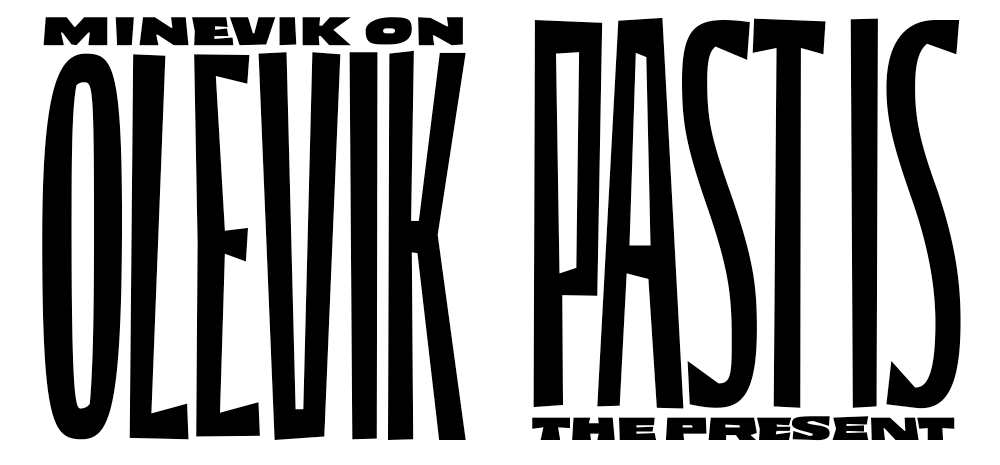2022 programme
4.2.2022 — 28.1.2023
Kogo Gallery programme for 2022: Past is the Present
This year the exhibition and public programme will be introduced under the title Past is the Present, as a kind of ‘vibe’ – using this poetic and semantically playful phrase to describe how time as a vehicle transports certain events and experiences from past to present.
Living in a time affected by the looping waves of a certain pandemic and our alertness to the ever growing climate crisis makes one think how this passing time will determine the present of our future and how what has already happened has affected the moment we live in. Time is an interesting phenomenon, a sort of 4th dimension that seems to change shape, flow and direction according to how we perceive it. The present can tell us a lot about the past and vice versa. To look at the relationships between these two dimensions of time, Kogo has invited both local and international artists and curators to conceive projects at the gallery that will examine this field more closely.
The project opening the programme will be Berlin based Spanish artist Andrés Galeano’s exhibition Lost Clouds Archive, which will take place in Kogo Gallery and neighbouring gallery Ag47. The artist will be exhibiting different works based on cloud study materials found in the Catalan archives as well as portrait studio backgrounds widely distributed as Victorian cartes de visite from 1854 onwards. Galeano wishes to trace a route in which family photography and nephological photography intertwine. He wants to show the metaphysical link between the photographic medium and the celestial, revealing the transcendence of time.
We can also talk about the overlap of different dimensions of time from a more personal storytelling perspective, as in the case of Diāna Tamane’s exhibition Under the Same Sky on view this spring. Although her work is usually based on personal stories as well as those of her family, this time she will spotlight a different family. It’s a story about three generations of women who for the last 16 years have been living together in the tourist town of Fuengirola in Costa del Sol, Spain. Tamane wants to show the strength, and at the same time, the fragility of her characters; the way they belong to the place while remaining strangers in their environment. In sharing their personal life stories, Tamane demonstrates the complexity of time and the past events they were affected by.
In July, Kogo will be presenting a painting show Three of a Kind featuring artists Milla Aska, Veronika Hilger, Paula Zarina-Zemane and curated by Dutch writer, art critic and curator, Jurriaan Benschop. He is a regular contributor to Artforum International and DAMn° magazine and is currently working on a book Why Painting Works. Benschop’s exhibition will present young painters from the region with an interest in artistic roots to articulate life in the present moment. The selected artists don’t see painting so much as a story, but rather as a state or setting.
The Kogo autumn programme will start with an exhibition curated by the director of Titanik gallery (Turku), Mirjami Schuppert. It is an exchange-based collaboration between the two galleries. Kogo gallery will be curating the group show of Baltic art – My Bitter Sweet Frankenstein Body – in Turku this June, which will be dedicated to colonized, globalized and digitized bodies, and all the hybrids and errors in between. Meanwhile, Titanik gallery will be presenting the works of Finnish contemporary artists Jaakko Autio and Riikka Keränen in Kogo, addressing the theme of bodily memory. The project will contemplate how the past is always seeping into the present through our bodily presence, and how we are in a way always in the state of becoming, always changing, never fully arriving in the present moment.
As the final project of the year, Kogo will be curating an exhibition with Laura Põld in dialogue with Estonian contemporary art classic Andres Tolts (1949–2014). Although the artists represent two very different generations and the histories attached to them, both seem to share similar visual codes, a love of materiality and patterns. By diving into Tolts’ heritage and studying it in detail, Põld will try to understand this link and let it melt them together as one.


 Abstract Garden
Abstract Garden